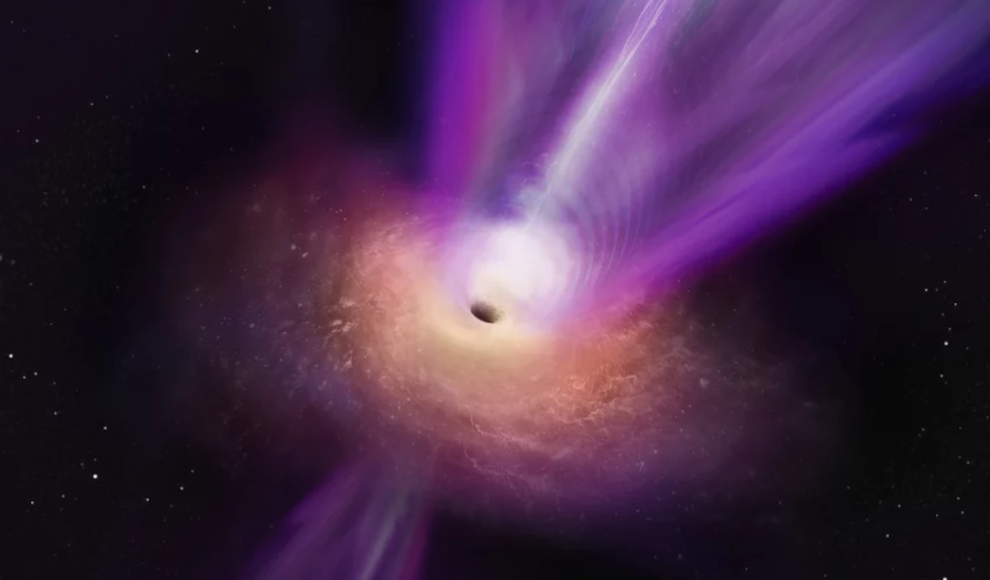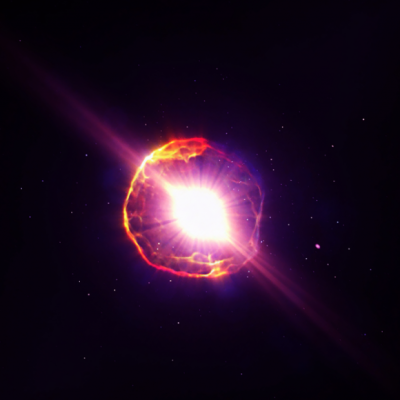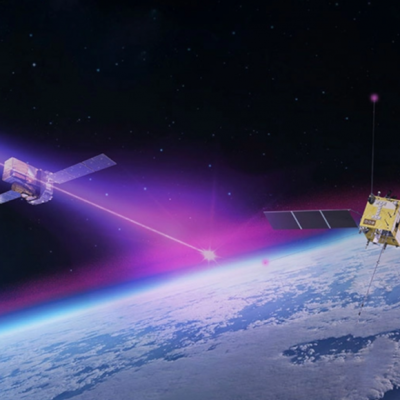A group of radio telescopes has come together to create a virtual antenna the size of the Earth, capturing a joint image of the M87 black hole and its jet for the first time. This breakthrough has allowed astronomers to test theoretical models and gain a better understanding of the universe. In 2019, the Event Horizon Telescope (EHT) captured the first-ever image of a black hole, specifically the M87* black hole located approximately 55 million light-years away. Since then, astronomers have been able to capture the Einsteinian photon ring and the jets of radiation and energetic particles emitted by the black hole.
Now, an international team including the Max-Planck-Institute for Radio Astronomy (MPIfR) and the European Southern Observatory (ESO) has created a joint image of the M87* black hole and its jet using a combination of telescopes from the Atacama Large Millimeter/submillimeter Array (ALMA), the Global Millimeter VLBI Array (GMVA), and the Greenland Telescope (GLT). These radio telescopes form a virtual antenna the size of the Earth, allowing for a clearer visualization of the particle jet and additional spatial features. The longer radio waves used in this study also make more material visible, providing a better understanding of the black hole’s gravitational pull and its event horizon.
According to Thomas Krichbaum from MPIfR, the most significant aspect of this new image is the ability to see where the energetic jet emerges from the black hole. The jet consists of a brighter central zone and two dimmer sides, and the new image shows that the central region of the jet originates from the center of the photon ring. The observed shape of the jet aligns with the theoretical model proposed by the Blandford-Znajek process, which explains how plasma particles generate a magnetic field and produce electromagnetic interactions that drive the particle flow and radiation stream of the jet. This image is a milestone in radio astronomy, and the team plans to continue observing the region around the M87* black hole at different radio wavelengths to further investigate the jet’s emission.







-400x400.jpg)


